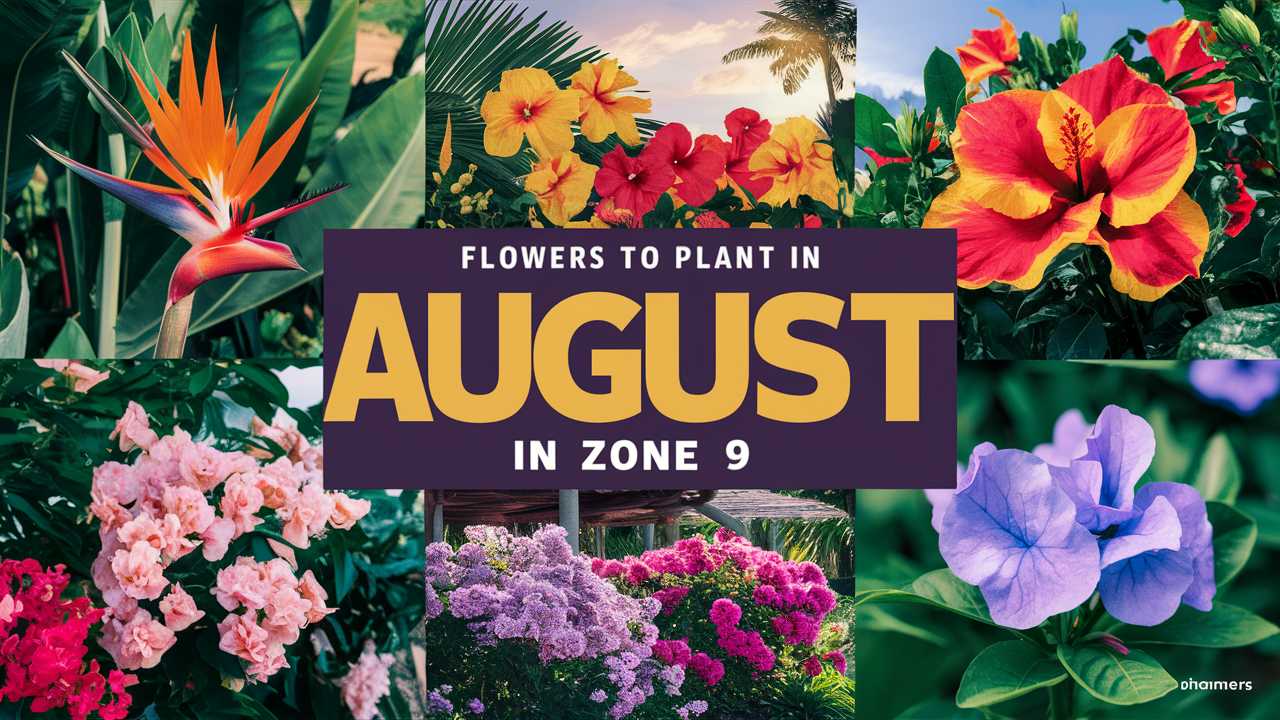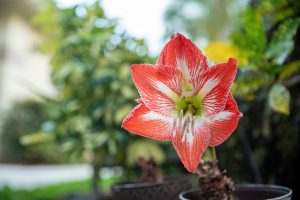When August rolls around in Zone 9, gardeners find themselves in a unique position. With the intense summer heat beginning to wane but still present, it’s an ideal time to introduce various flowers that not only thrive in the warm climate but also add vibrant colors to gardens and landscapes.
Zone 9 stretches across several regions including parts of California, Texas, Florida, and beyond. Each of these areas hit their peak growing season in different ways, but the following flowers are well-suited for planting during this warm month.
Tropical Flowers To Plant
Tropical flowers are known for their bold colors and lush foliage. In Zone 9, the climate supports a range of tropical plants that can thrive in the late summer season. Here are ten tropical flowers perfect for an August planting.
Hibiscus (Hibiscus rosa-sinensis)
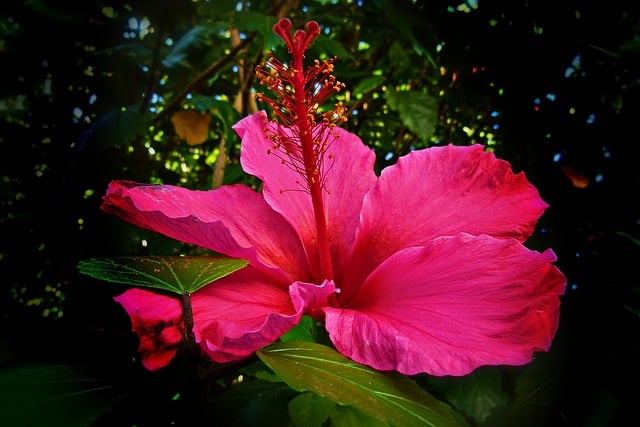
The hibiscus is often dubbed the official flower of tropical climates. Known for its large, trumpet-shaped blooms that come in a myriad of colors, hibiscus thrives in warm conditions and is definitely a go-to for Zone 9 gardeners. These plants prefer full sun and well-drained soil. They can handle temperatures as high as 90°F and even tolerate brief periods up to 100°F.
Planting Tips: Purchase young hibiscus plants from a nursery and plant them in August for optimal growth. Ensure that they are watered consistently but do not let them sit in waterlogged soil.
Bougainvillea
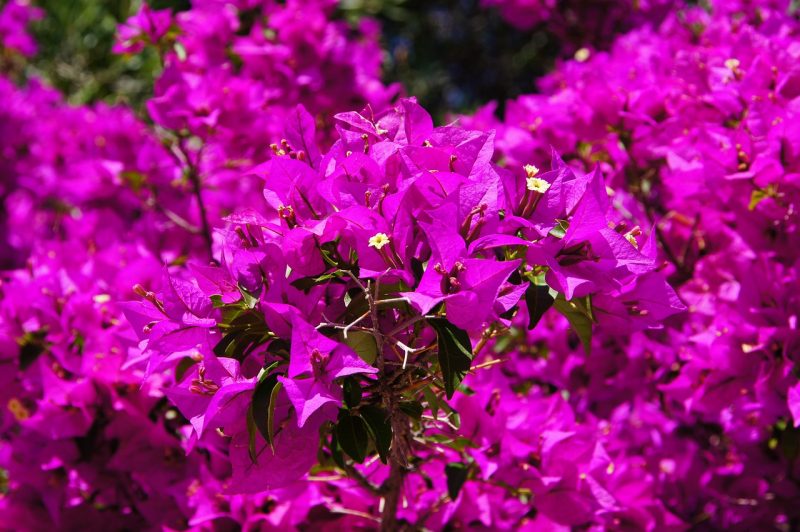
This heat-loving vine is celebrated for its vibrant bracts that can turn any trellis or wall into a canvas of color. Bougainvillea thrives in well-drained soil and full sun, making it a perfect candidate for August planting in Zone 9. It can tolerate temperatures as high as 100°F but may need some protection during colder nights.
Planting Tips: Prune any dead branches before planting, and water your bougainvillea well after planting. Consider planting them in containers or along fences to allow their vigorous growth to be showcased.
Plumeria (Frangipani)
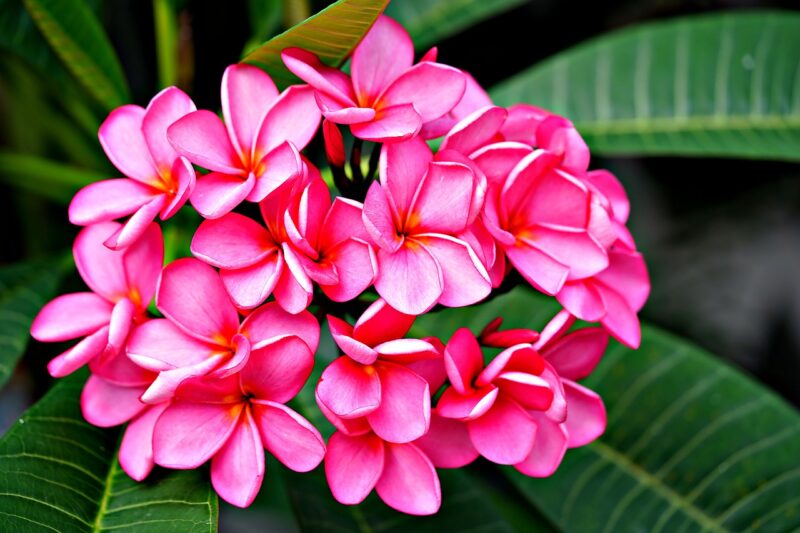
These plants are synonymous with tropical landscapes, offering fragrant blooms that can be found in various hues of yellow, pink, and white. Plumerias thrive in hot weather and prefer full sun exposure, making them an excellent choice for August. This plant does not fare well in cold temperatures below 30°F, so ensure to protect them during cold snaps.
Planting Tips: To plant plumeria, choose a well-draining mix, and be patient as they establish. They don’t need much water but thrive when fertilized regularly throughout the growing season.
Bird of Paradise (Strelitzia reginae)
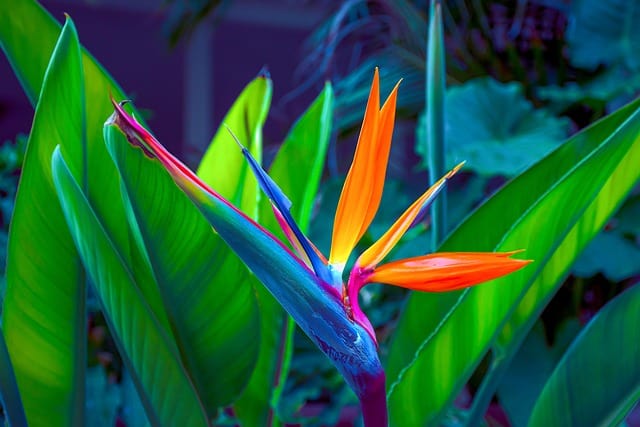
Named for its striking shape and tropical look, the Bird of Paradise is a showstopper. It thrives in sunny locations and loves well-drained soil. These plants can tolerate temperatures ranging from 72°F to nearly 100°F, making them perfect for an August addition.
Planting Tips: Plant the Bird of Paradise in groups for maximum visual appeal. They do require regular watering but should be allowed to dry slightly between waterings.
Cannas (Canna indica)

Cannas bring a splash of color to any garden with their large flowers that resemble lilies. They are heat-loving plants that thrive in full sun and can handle high humidity levels, making them ideal for the tropical feel. Cannas do not generally tolerate frost, so they should be planted when temperatures are reliably warm.
Planting Tips: Divide tubers in August and plant them one to two inches deep in rich, well-draining soil for optimal growth. Regular watering is essential for these plants.
Alpinia (Gingers)
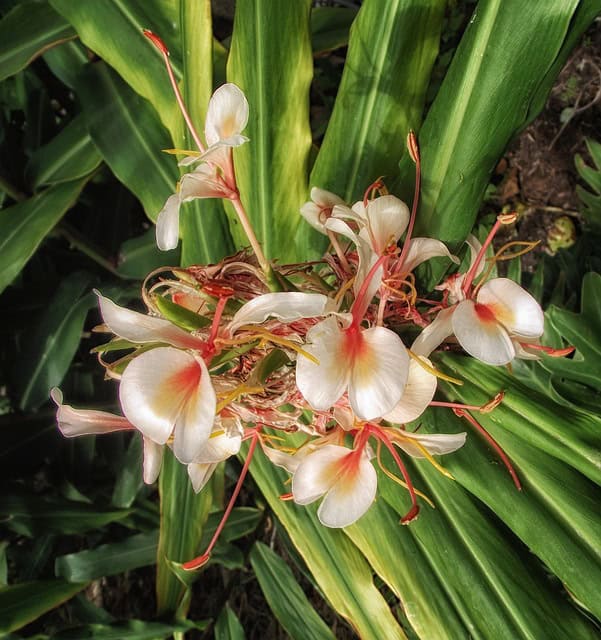
While traditionally known for their foliage, gingers also produce exotic flowers. Alpinia prefers tropical climates and can tolerate the heat of Zone 9 well. These plants bloom in late summer, adding an exotic flair to any garden. Their temperature range is ideally suited to the warm mid-80s to low-90s.
Planting Tips: Gingers need moist soil and partial shade to thrive, so plant them in a location that receives morning sun and afternoon shade.
Red Hot Poker (Kniphofia uvaria)
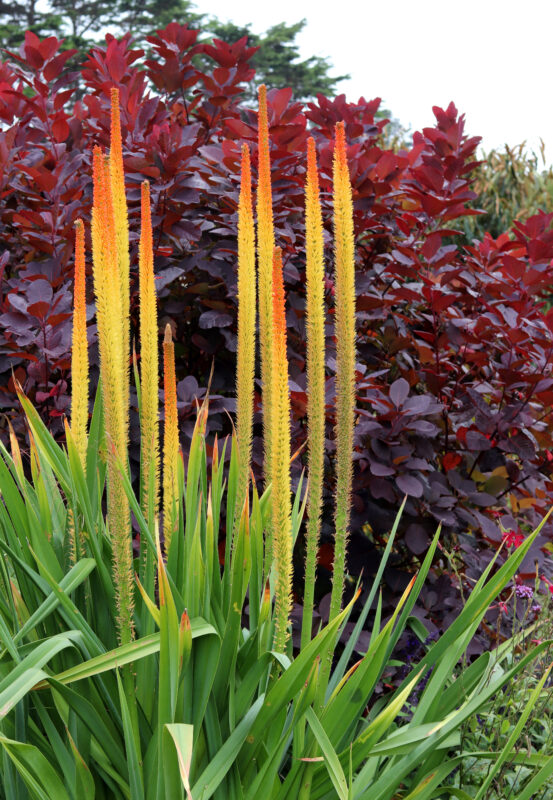
This stunning plant is known for its unique torch-like flowers that display colors ranging from orange to red. Red Hot Pokers thrive in full sun and can tolerate the heat of August very well, but they do appreciate regular watering during dry spells.
Planting Tips: These perennials can be planted in August, especially as they establish well before winter. Ensure they have enough spacing for airflow to reduce any risks of fungal diseases.
Ti Plant (Cordyline fruticosa)

Ti plants are often grown for their spectacular foliage, ranging in color from rich greens to striking purples and pinks. When planted in August, ti plants establish well, as they flourish in warm temperatures and thrive in well-draining soil.
Planting Tips: Place them in an area that receives morning light while being sheltered from the hottest afternoon sun to prevent leaf scorch.
Mandevilla (Mandevilla spp.)
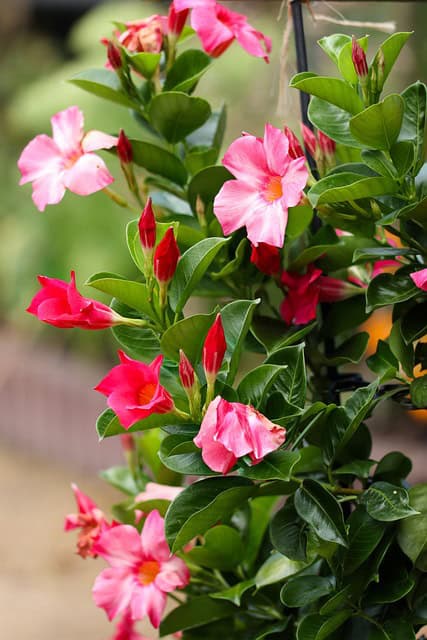
Revered for their vibrant colors and fragrant blooms, Mandevilla vines are perfect for trellises and can elevate any outdoor space. They thrive in the heat of Zone 9 and prefer full sun with adequate moisture.
Planting Tips: Mandevilla should be planted in rich, well-draining soil. Regular feeding during the growing season encourages even more blooms, making August planting ideal.
Orchid Vine (Bauhinia galpinii)
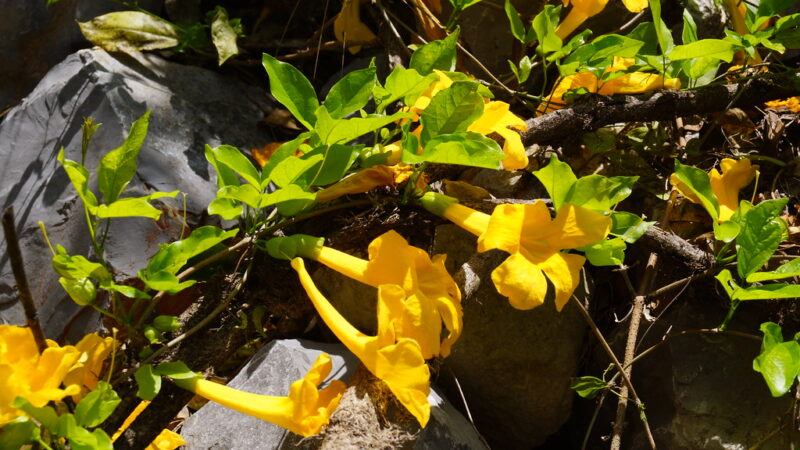
This plant showcases large, orchid-like flowers in stunning shades of orange and yellow, adding a visual delight to gardens. The orchid vine enjoys a full sun to partial shade environment, allowing it to flourish in Zone 9’s heat.
Planting Tips: For best results, plant them in well-draining soil. Ensure they receive regular watering, especially in August, to establish strong root systems.
Flowers To Plant
Moving beyond tropical options, plenty of other flowers can thrive when planted in August. The following selections are both beautiful and adaptable, bringing life and color to landscapes.
Sunflowers (Helianthus annuus)
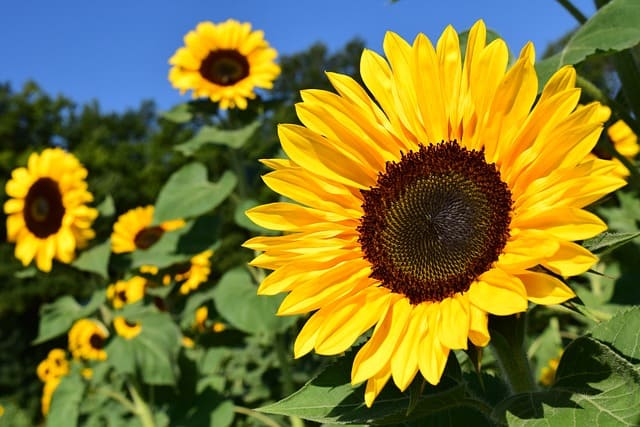
Sunflowers are the epitome of summer blooms, characterized by their large heads and vibrant yellow petals. They grow quickly and love full sun, making them perfect for late summer planting. Sunflowers can thrive in temperatures exceeding 90°F and can be planted in August for a fall display.
Planting Tips: Direct sow sunflower seeds in well-draining soil. Consider staking taller varieties to prevent wind damage, especially as they grow.
Zinnias (Zinnia elegans)
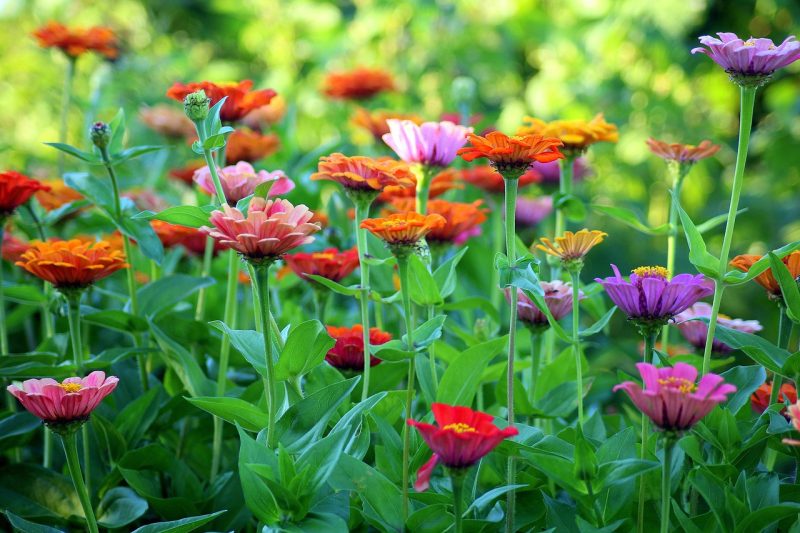
Zinnias are renowned for their bright, cheerful flowers and resilience in warm climates. They prefer sunny locations and can be sown directly into the garden bed in August. Zinnias can handle temperatures in the upper 80s to low 90s, making them suitable for this time of year.
Planting Tips: Space zinnias about 12 inches apart to allow for ample growth and air circulation, helping to prevent diseases.
Cosmos (Cosmos bipinnatus)
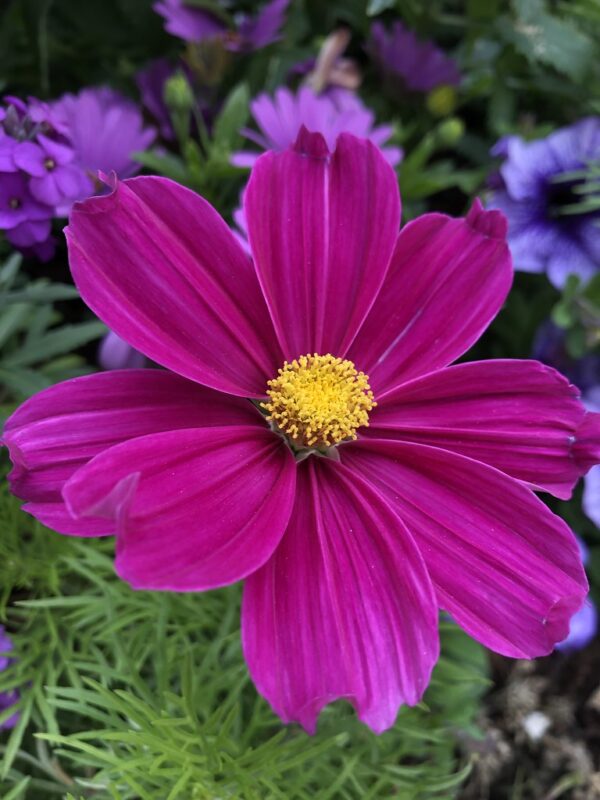
These whimsical flowers add a cottage-garden charm anywhere they are planted. Cosmos can handle resplendent heat and thrive in full sun. August is ideal for sowing seeds that can bloom as the weather begins to cool in early fall.
Planting Tips: Cosmos prefer well-drained soil and moderate watering. Deadheading spent flowers will promote further blooms, so a little maintenance will go a long way.
Snapdragon (Antirrhinum majus)
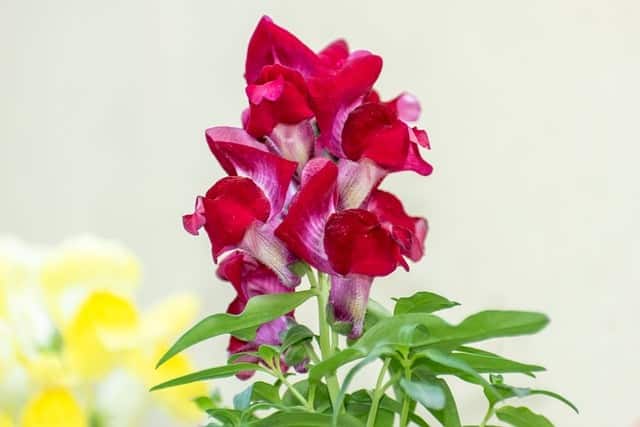
Snapdragons bring vertical interest with their charming, tubular flowers that come in a variety of colors. They prefer cooler temperatures but can still grow well when planted in August in Zone 9, as it offers consistent moisture to help them establish.
Planting Tips: Transplant snapdragons with care, ensuring they have good spacing to flourish. Regular watering and deadheading will encourage bolder blooms.
Marigolds (Tagetes spp.)
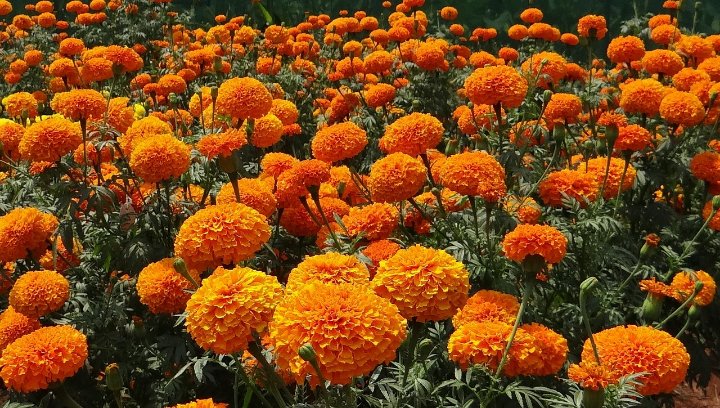
Marigolds are vibrant flowers that repel pests, making them a popular choice for vegetable gardens as companion plants. They thrive in warm temperatures and can withstand the heat of August, rewarding gardeners with bright blooms and easy maintenance.
Planting Tips: Sow seeds directly into the ground in well-draining soil. Marigolds benefit from regular deadheading to prolong flowering throughout the summer.
Aster (Aster spp.)
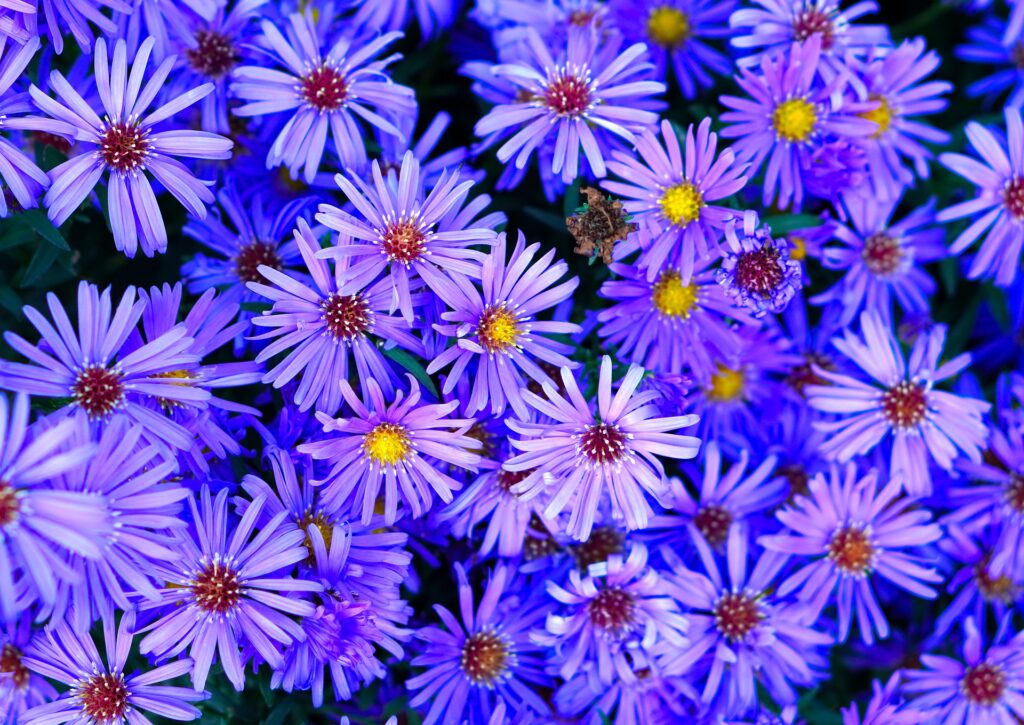
These late-summer bloomers are known for their daisy-like appearance and vibrant colors. They thrive in cooler temperatures but can be planted in Zone 9 during August to establish before the fall bloom period. The ideal temperature range is 70°F to 85°F.
Planting Tips: Space these flowers adequately to allow for airflow, and provide mulch to retain moisture in the soil as temperatures begin to cool.
Calendula (Calendula officinalis)
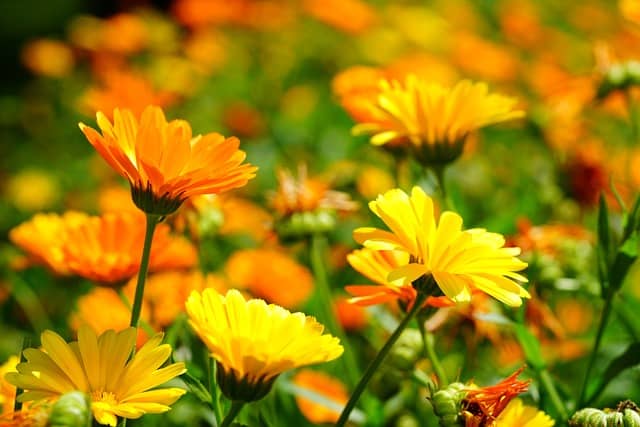
Adding a splash of warmth to your garden with vibrant yellow and orange blooms, calendula is a versatile flower that can handle the heat. They can be sown directly into the garden in August and can tolerate temperatures ranging upwards of 80°F.
Planting Tips: They prefer well-drained soil and should be watered regularly. Deadheading can extend the flowering season, making these flowers last even longer.
Bleeding Heart (Lamprocapnos spectabilis)
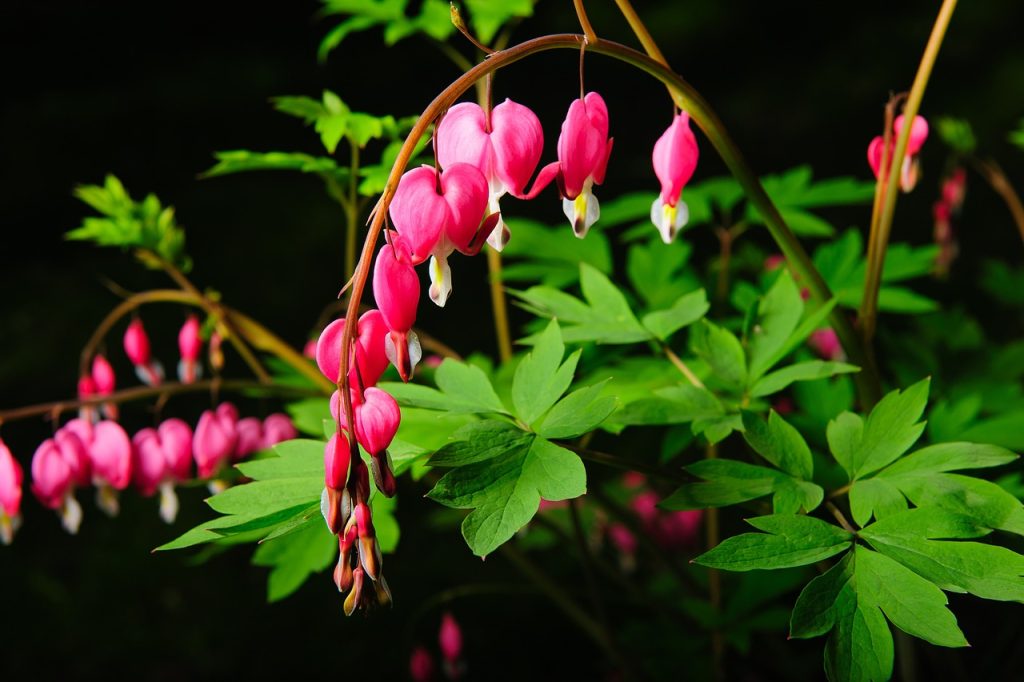
This plant is known for its unique heart-shaped blooms that symbolize love and compassion. While they prefer cooler temperatures, they can be planted in part shade in Zone 9 during August when the weather begins to cool slightly.
Planting Tips: Be mindful of adequate watering. Bleeding hearts require moist, rich soil to thrive, so consider amending your soil with organic matter.
Salvia (Salvia spp.)
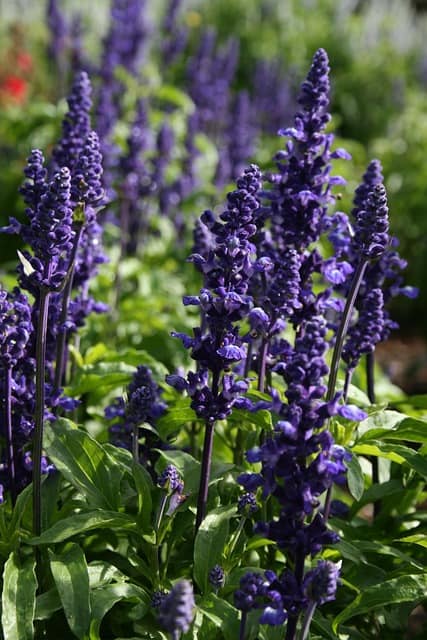
Salvia, or sage, is a drought-tolerant plant that showcases spikes of flowers in colors like blue, purple, and white. These resilient plants thrive in hot and dry conditions, making them excellent choices for late-summer planting in Zone 9.
Planting Tips: Plant salvia in well-draining soil and in locations that receive ample sunlight. Regular pruning promotes denser foliage and more prolific blooms.
Landscape Plants To Plant
As we look towards landscaping aspects, planting in August allows for the perfect period for landscape installations. Here are ten landscape flowers that not only enhance curb appeal but also flourish with the right care.
Daylily (Hemerocallis spp.)
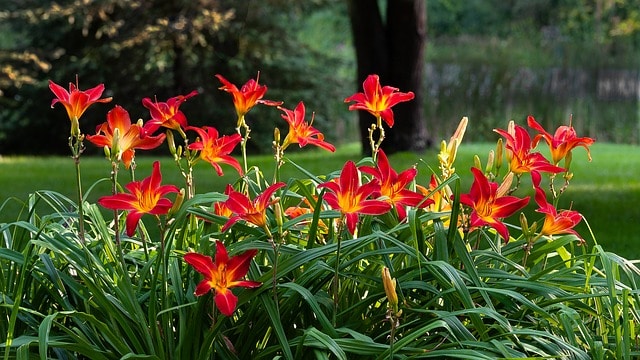
Daylilies are highly resilient perennials that thrive in a variety of conditions. These flowers bloom profusely and come in multiple colors and patterns. They thrive in full sun and tolerate occasional shade, making them perfect for landscape beds in August.
Planting Tips: Daylilies should be spaced at least 18 inches apart to allow for spreading. Water generously to help establish roots before the plant enters dormancy in the fall.
Coreopsis (Coreopsis spp.)
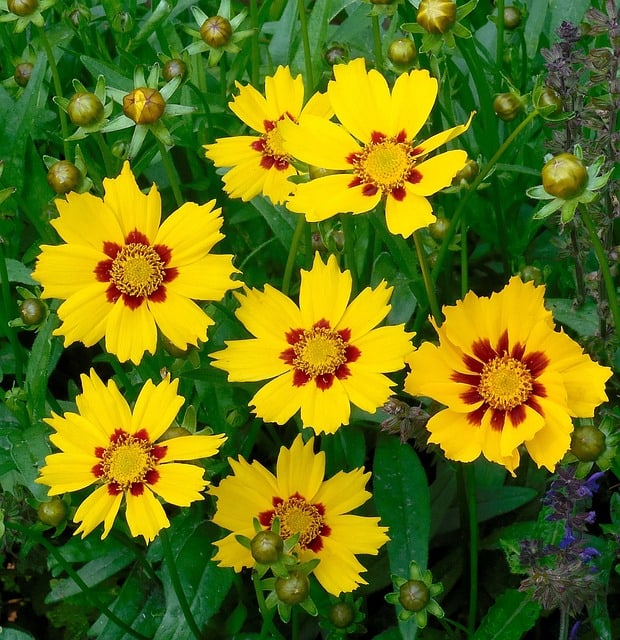
Coreopsis is a low-maintenance flower that produces bright, daisy-like blooms. They adapt well in full sun and tolerate heat, making them ideal for late summer plantings in Zone 9. Their ability to handle drought makes them a great fit for low-water landscapes.
Planting Tips: Ensure they have ample space for air circulation to reduce the risk of disease spread. Coreopsis enjoys well-draining soil and regular, moderate watering.
Russian Sage (Perovskia atriplicifolia)
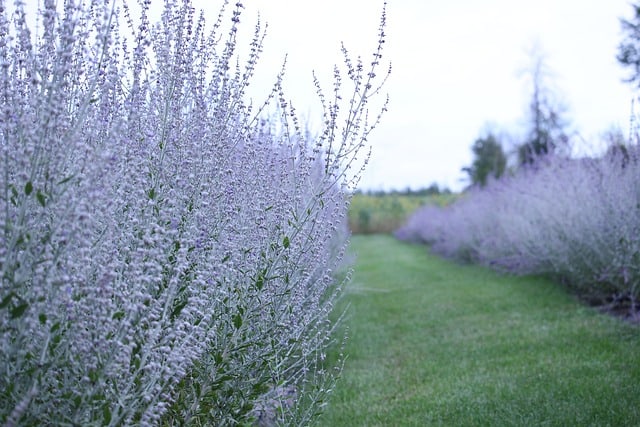
This fragrant flowering perennial is a showstopper in the landscape with its silvery foliage and tall spikes of violet flowers. Russian sage thrives in hot climates and prefers well-draining soil, making it suitable for Zone 9 gardens. It flourishes under full sun and can withstand temperatures well into the 90s.
Planting Tips: Divide plants every 3-4 years to maintain healthy growth. Russian sage requires little watering once established, making it an ideal option for low-maintenance landscaping.
Gaillardia (Blanket Flower)

Gaillardia, or blanket flowers, are known for their vibrant and diverse hues. These drought-tolerant perennials thrive in full sun and add brilliant colors to landscape designs. They can easily handle the heat of Zone 9 and thrive even under dry conditions.
Planting Tips: Space gaillardia plants at least 12 inches apart. Regular deadheading will lead to continued blooms throughout late summer.
Lantana (Lantana camara)
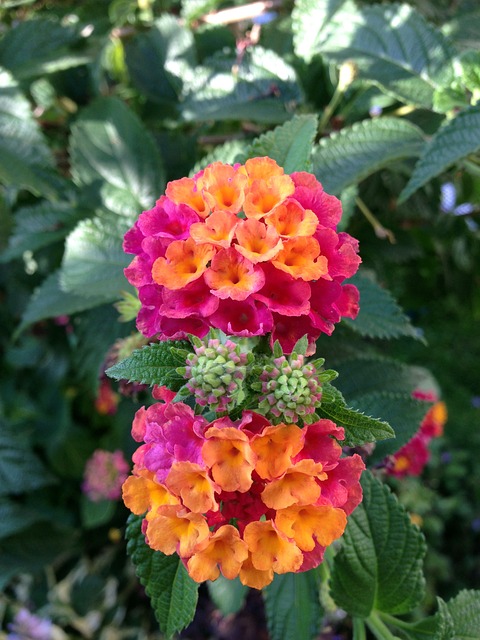
Lantana is a resilient flowering shrub that produces clusters of small, colorful blooms. This adaptable plant is perfect for sunny areas in Zone 9 and thrives in well-drained soils. Lantana can withstand the heat and humidity of summer and prefers regular watering during dry spells.
Planting Tips: Trim back lantana after blooming to promote new blooms and maintain a tidy shape. This plant can also serve as a barrier against pests in the landscape.
Salvia leucantha (Mexican Sage)
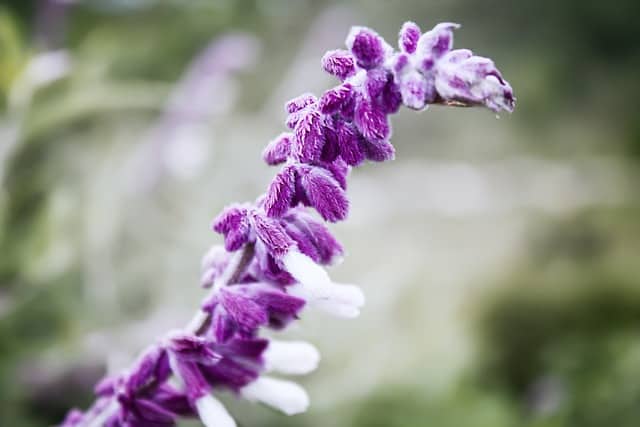
This eye-catching perennial boasts long spikes filled with purple flowers and attractive foliage. It loves full sun and is tolerant of drought, making it an excellent choice for August landscaping efforts. The temperature range it handles extends well into the 90s.
Planting Tips: Salvia leucantha should be placed in areas with good airflow and ample sunlight. Regular pruning after blooms will allow for re-blooming in the following season.
Echinacea (Coneflower)
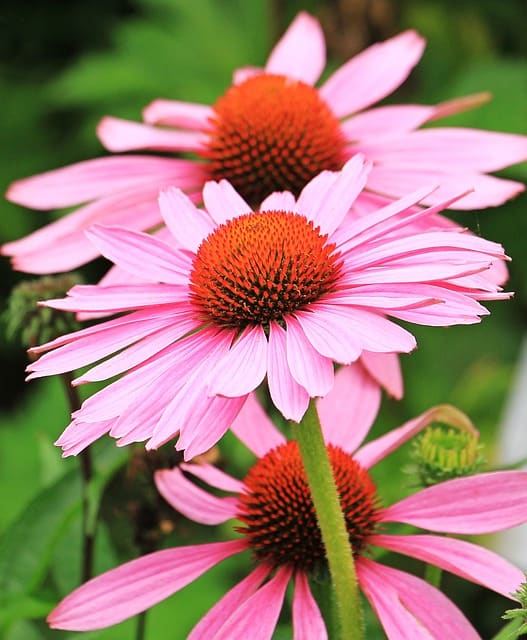
Echinacea, commonly known as coneflower, is a drought-resistant plant known for its large, vibrant blooms. It thrives in full sun, tolerating temperatures from 70°F to the low 90s. Its ability to attract pollinators makes it a favorite for landscape planting in August.
Planting Tips: Transplant Echinacea carefully to prevent root disruption. Consistent watering will promote strong growth and vibrant flowers.
Rudbeckia (Black-eyed Susan)
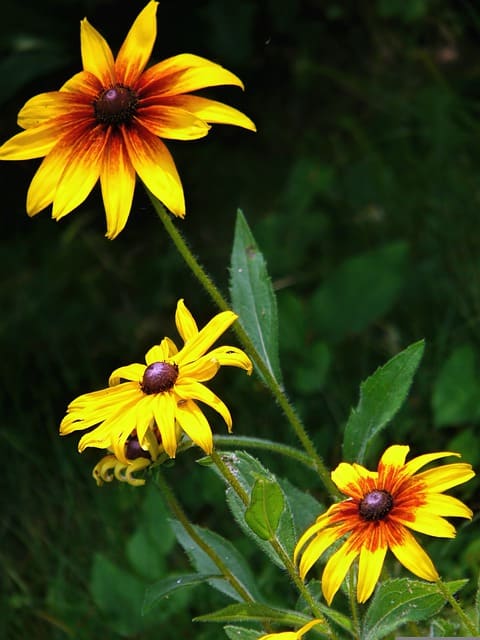
Rudbeckia, or black-eyed Susan, brings cheerful colors to gardens with their striking yellow petals and dark centers. These hardy flowers thrive in full sun and can be planted in August, as they handle heat exceptionally well.
Planting Tips: Space at least 12 inches apart to encourage healthy airflow. Watch for wilting leaves, which can indicate underwatering.
Yarrow (Achillea millefolium)
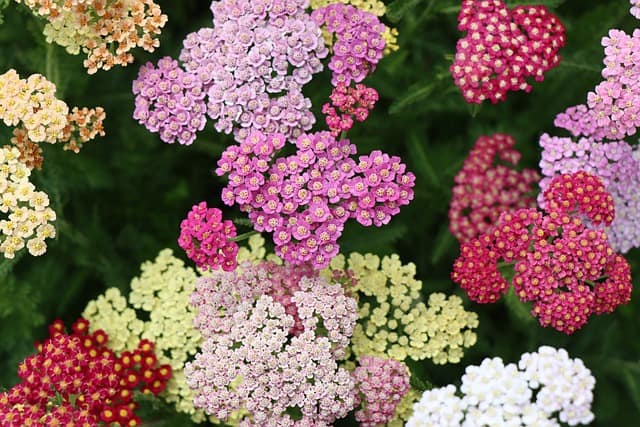
Yarrow is a hardy perennial known for its dried flower heads and aromatic foliage. It thrives in various conditions and tolerates drought, making it perfect for Zone 9’s hot climate. Gardeners can sow seeds in August or transplant established plants for rapid growth.
Planting Tips: Yarrow prefers well-draining soil and moderate watering. Deadheading will encourage more blooms and a longer growing season.
Ornamental Grasses
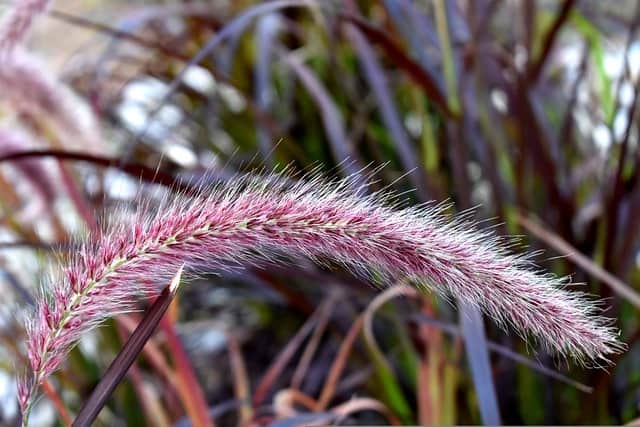
Ornamental grasses such as fountain grass (Pennisetum spp.) add texture and movement to gardens. Many varieties thrive in the heat and are perfect for planting in August. They can adapt to various soil types and need full sun.
Planting Tips: Water consistently after planting and apply a layer of mulch to suppress weeds and retain soil moisture.


